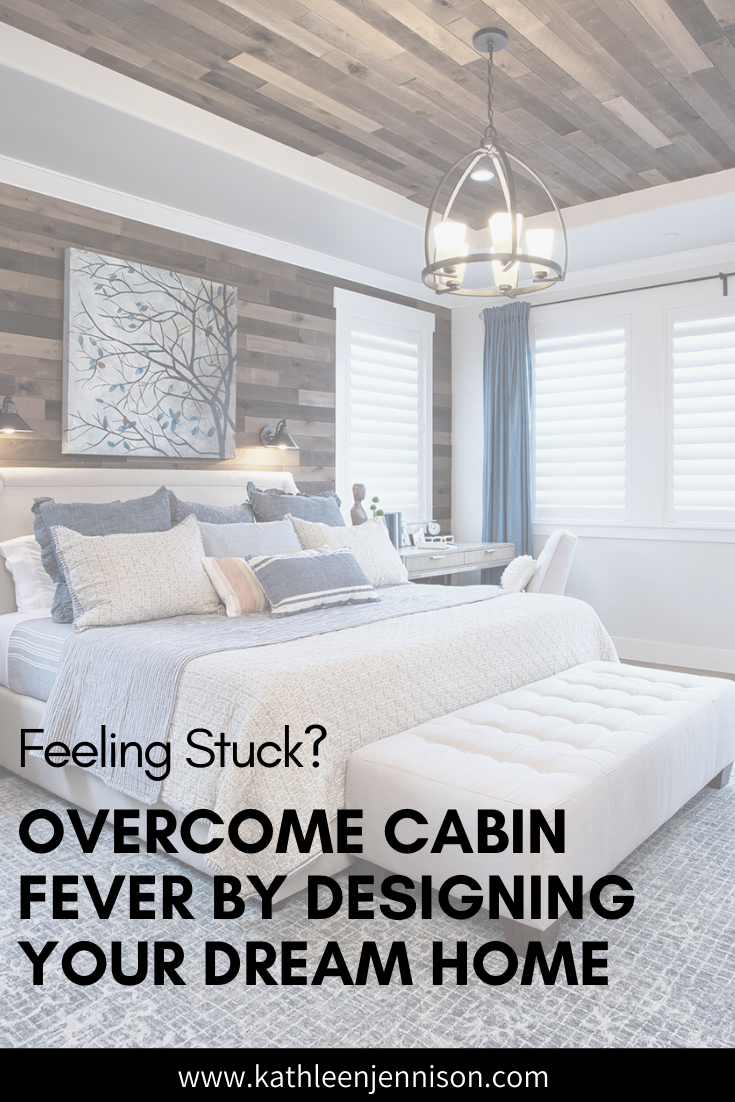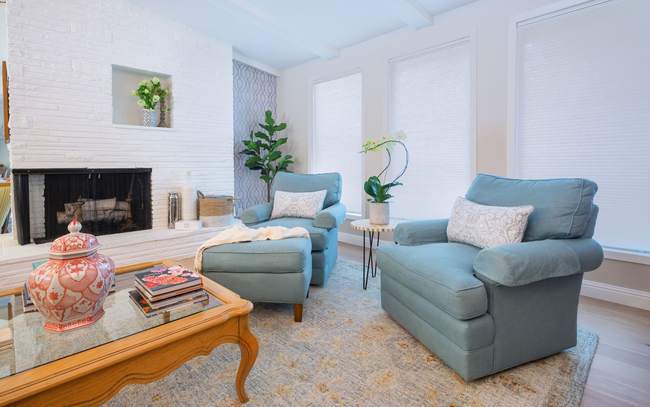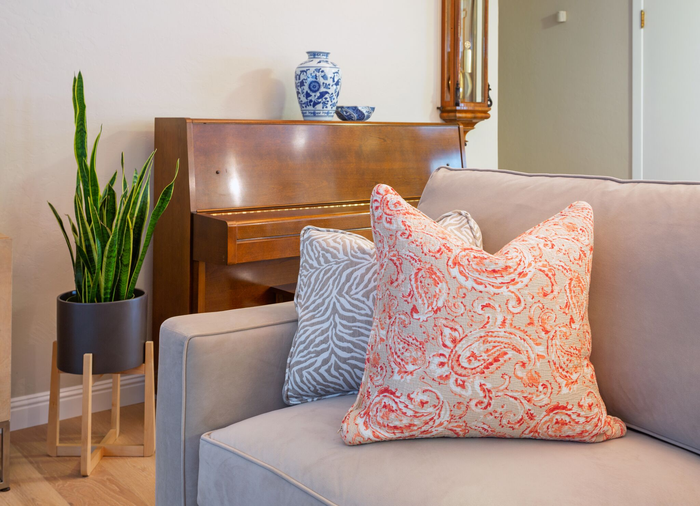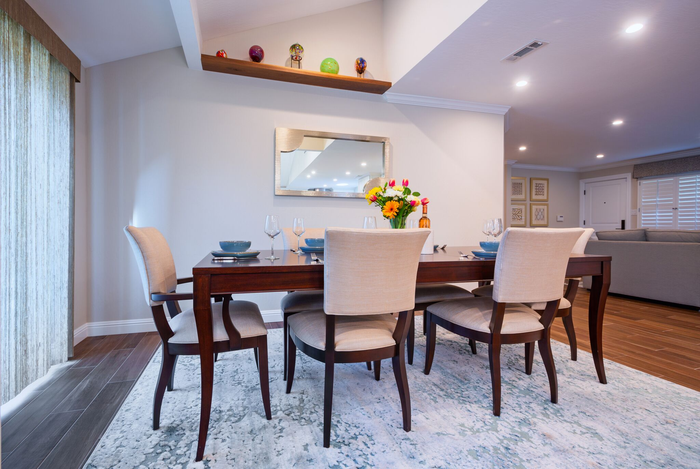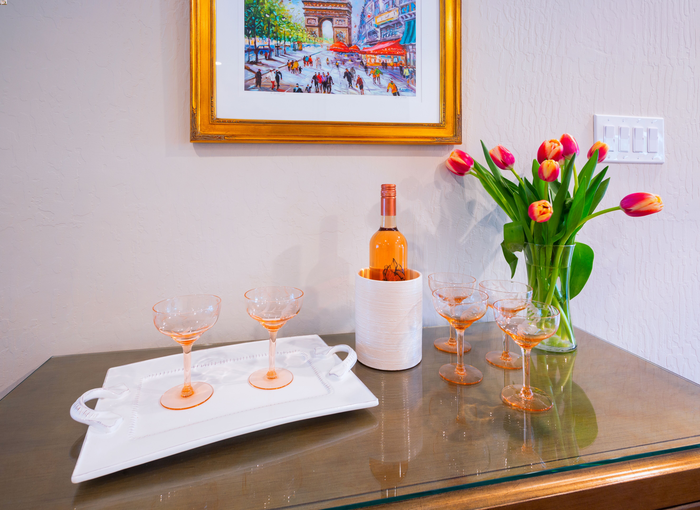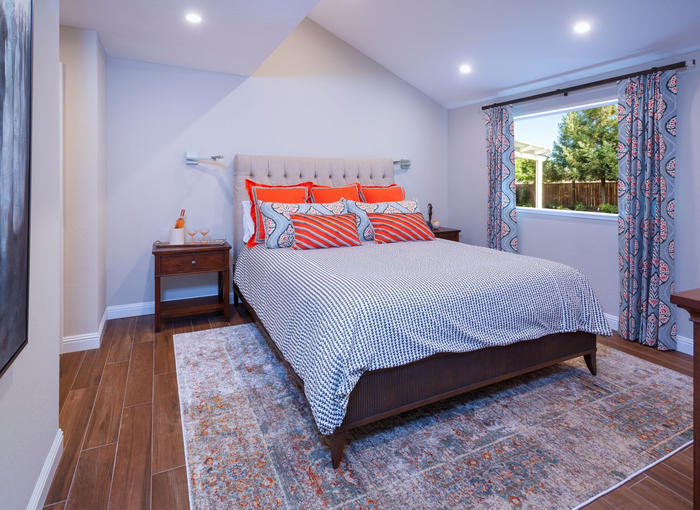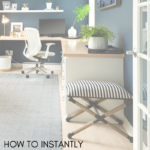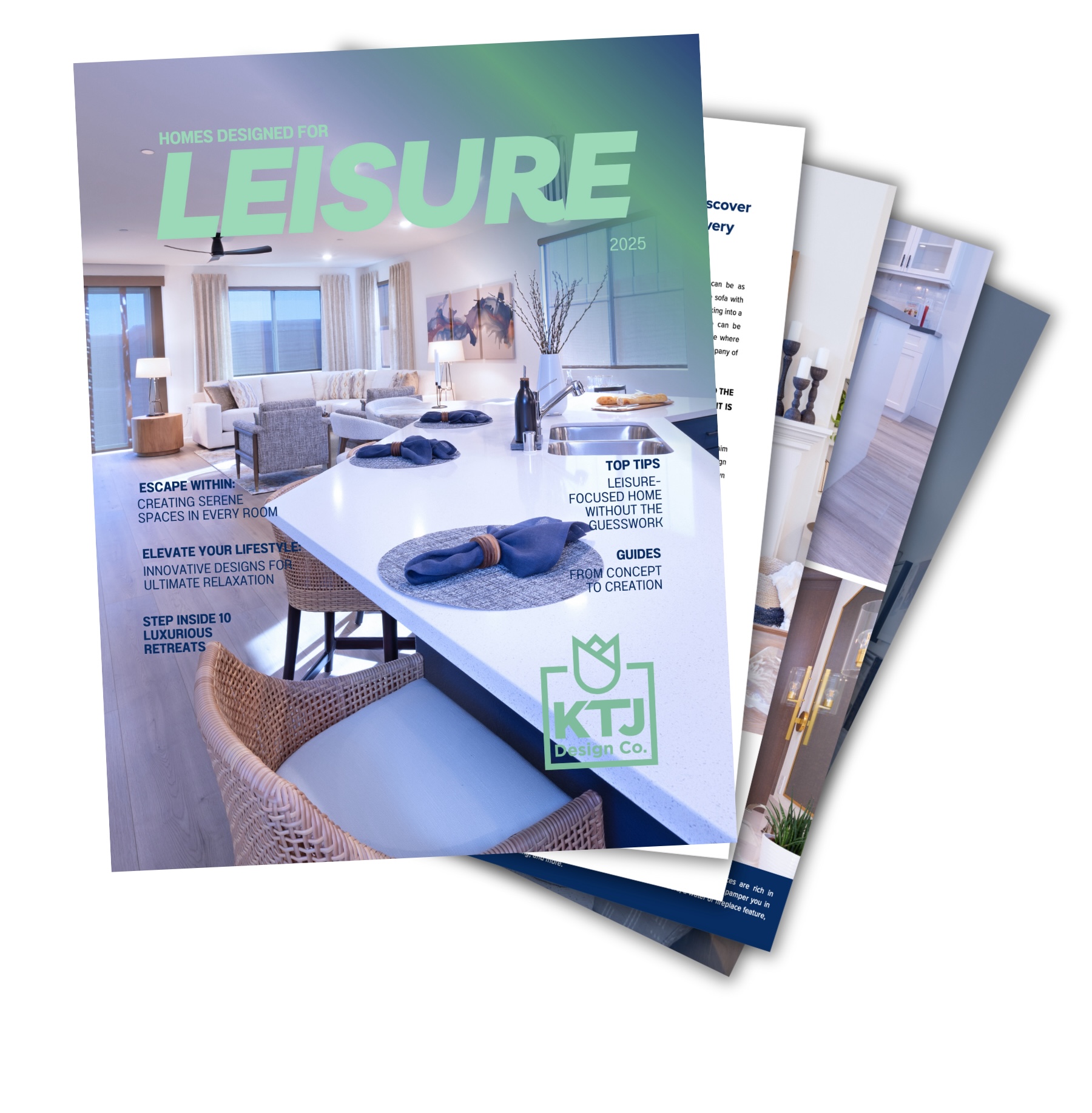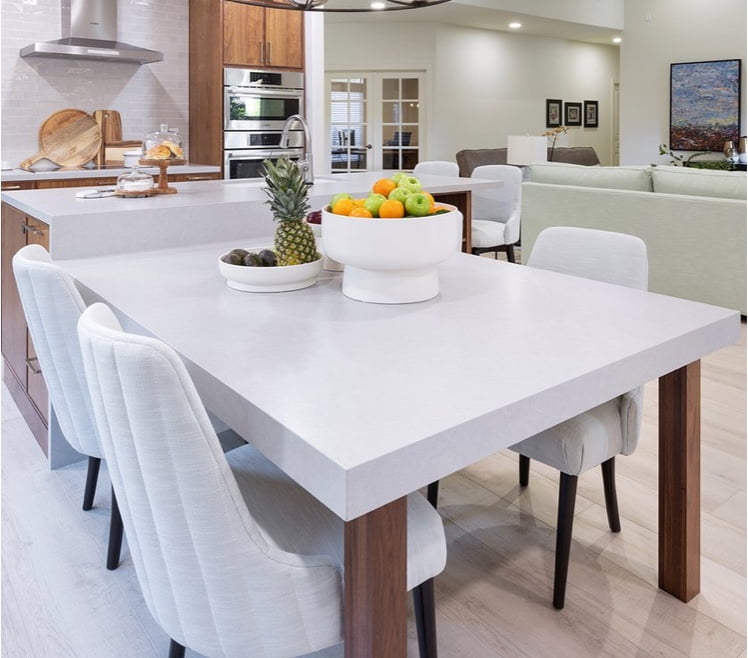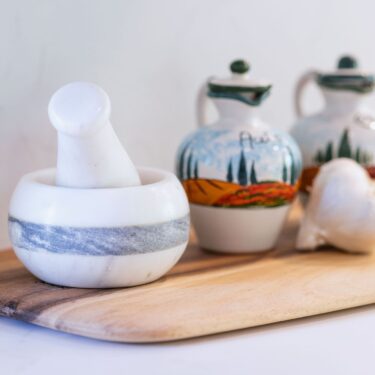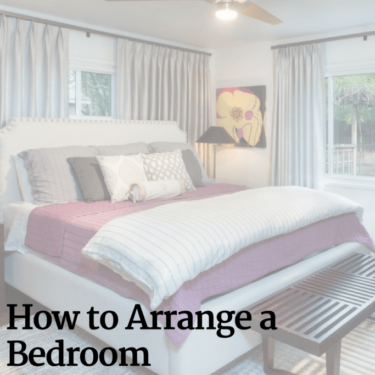It’s been a week sheltered at home and I do believe I have cabin fever. Generally, I like my solitude and when I get the rare occasion that I can stay home, I relish it. But as it is with human nature, when I can’t leave home, then I really want to!
Although, I have TONS of design work in the queue and I’m hoping to get caught up in the next few weeks while working from home, I have become acutely aware of my environment. My family has been cleaning, organizing, and taking care of home chores like never before.
You may also be getting re-acquainted with your home and have a heightened awareness of how much you love your space, but also what you hate about it.
One of the first things any designer worth their salt does when working with a client is to devise an overall plan. I know right now it seems so tempting to get online and start buying things and having them delivered to your doorstep. Yet, when you find out later that those things you bought don’t work OR you don’t really live your life exactly as the Pottery Barn website shows, you realize having a plan in place would have helped save you time and money.
Let’s talk about some simple ways you can use this time to plan your dream space.
1. Interview Your Family
Developing an overall plan for every room is relatively simple, but it takes some time and thought. You need to get out a pad of paper and a pen and get to writing.
It is your turn to do the interviewing. You could assure yourself all day long that you know exactly what everyone’s needs in the home are, only to find out, you’re off, or worse yet, you don’t know yourself as well as you thought you did!
Start with these questions that will lead you on the path to discovering the right plan for your home:
-
How long do you plan on staying in this home? Once you know this, you can figure out how much time and money you really want to put into any type of design.
-
Who lives in your home and what are their ages? Now, this isn’t a trick question. Do you have children that will be off to school soon or an elderly parent living with you that has a need for grab bars?
-
Do you have pets? This really makes you think about the types of finishes you want to install in your home and whether they are adequate for the furry friends in your life.
-
Do you entertain quite a bit? Do you currently have room for this, or do you need to reallocate space for this purpose?
-
Write a list of your family’s regular activities. Does Joey like to do puzzles in the living room, or does Suzy like to paint in the kitchen? Finding out if you need to make rooms dual-purpose or determining where to relocate these activities will help you see how you want to use your space.
-
Is there enough storage space in your home? If not, figure out where you can utilize space to function as storage.
-
What are your favorite colors? What colors can’t you stand? What colors do your family members love and hate?
-
Does everyone in the house have the same design taste? If not, are the tastes similar or polar opposites? If they are different, have you figured out how you are going to reconcile the differences?
-
What style do you want the furniture and accessories to be in? Modern, traditional, formal, casual…the list goes on.
-
What is the style of your current home? Is your house modern, then perhaps a country design style would look silly in your space.
-
Do you have a favorite piece of furniture or artwork you absolutely love? Maybe you can use this as the starting point for your design .
-
How much are you going to invest in this project? Add an extra 20% to that figure to cover the incidentals that always pop up.
-
Is this based on real prices or total guesswork? If you haven’t done the legwork to see what items really cost, you may be unable to complete this project once you start or you may have to downgrade your selections. It is work the time to do some research upfront.
2. Spend Quality Time on Pinterest
As a haven for those who seek inspiration and new ideas, Pinterest is the famous search engine that allows you to organize (i.e. pin) any kind of visual content into convenient themed boards. Start by creating a “board” for each room in your house to collect pictures or “emotions” that strike your fancy. Type whatever you need to be inspired of in the search bar and you’ll instantly find hundreds of ideas you can quickly pin to your own boards.
We ask our clients to create “Inspiration Boards” on Pinterest to help us (and them) narrow down their design style. You don’t have to “like” the whole room in a picture, but maybe you like a light fixture or paint color. It is a good (and organized) way to brain dump together.
We, as designers, internally create boards for your design as well; this allows all the designers on your project to collect ideas and then narrow them down as we move through the design process. And you can do this too.
3. Learn from Your Design Inspiration
We suggest you pin anything and everything that “speaks” to you. Then go back and narrow down what really makes a particular room appealing (or maybe you discover you didn’t really like it at all). For example is it the color palette, the patterns, the type of furniture, particular window treatments, or maybe it is just a vibe. Then make of list of what you discover about yourself.
4. Consolidate Lists into “Must-Haves”
Now take a look at the written answers from your “interview” questions alongside your list of elements that speak to you (from Pinterest). Use these two exercises to create a condensed list of your must-haves.
This list should include the items, the features, or functions (like storage) that are important (or lacking) in each room. This way you will know, “what do I have in here”, or “what do I need in here” or “what is just not working in here.”
5. Set Aside Inessential Wants (For Now)
During our initial design study for each client, we start with the entire list of everything they want (usually it is a very big list). Then we help them figure out what they (and their house) really need. Take your must-have list and honestly ask yourself what you really want, but ultimately could live without.
6. Daydream and Prioritize
You have done a lot of work to get to this wish list, and it is an important one. Now take some time to really express yourself and imagine what your dream home could look like. Then prioritize what is most important and what will have the most impact on your home life.
7. Book a Discovery Call
What are you going to do with all this new insight into your home and yourself? Would you like to share your wish list with me? Book a Discovery Call (it’s the best form of social distancing) and we can talk about the realities of making your home dreams come true.
I know this is a trying time for all of us and I’m so proud of everyone for making the most of a tough situation.
I’m still working like a mad person on all my in-progress projects and thinking of new ways to share with my clients all the fabulous designs we’ve come up with (like Zoom conferences). I know I work best under pressure, so I’m expecting my greatest designs are yet to come.
If you’re experiencing cabin fever, like me, let’s talk! Book a Discovery Call and we can chat about what I know best – your home’s design.
Until next time,
